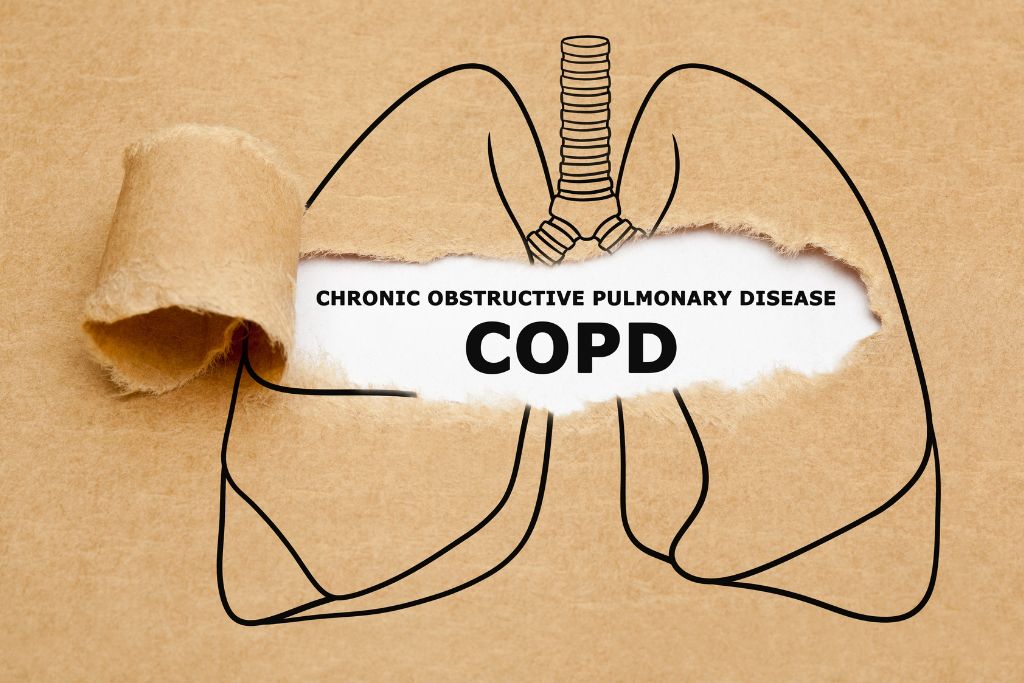In recent years, the prevalence of chronic diseases has been on a steady incline. Chronic conditions such as heart disease, stroke, lung and other cancers, type 2 diabetes and mental illness not only limit our daily lives but can also cause an immense financial burden on individuals as well as societies. This article serves to provide a greater understanding of the various types of chronic illnesses in addition to providing guidance on how we can prevent them from occurring in our day-to-day lives. We will explore factors that contribute to the development of these illnesses with particular emphasis placed on lifestyle changes that aid us in combatting this issue. In doing so we hope to reduce the risks associated with chronic diseases and ensure that everybody is provided with better healthcare options for his or her future well-being.
Definition of a Chronic Disease
Chronic disease is a long-term medical condition that usually persists over a period of three months or more. These illnesses can be caused by genetic, environmental, lifestyle or other factors and can have an effect on both physical and mental health. Common types of chronic diseases include heart disease, stroke, diabetes, asthma and cancer. The effects of these diseases are often progressive in nature and may lead to decreased activity levels, increased fatigue as well as an increased risk for complications such as organ failure or premature death in some cases.

In order to accurately detect the onset of a chronic illness early detection processes must be implemented including lab tests done regularly and monitored by doctors specialized in the particular field of medicine related to the patient’s symptoms. Prevention strategies should also be adopted at all stages which includes lifestyle changes such as healthy eating habits used alongside medication if prescribed appropriately.
Additionally, individuals should endeavor to obtain regular checkups with their doctor so that any developing issues can be addressed promptly before they turn into severe issues needing medical intervention this could successfully help extend life quality span without having too many dangerous side effects impeding normal functioning daily activities on daily basis lives.
Common Types of Chronic Diseases
Chronic diseases are long-lasting and require ongoing medical attention in order to manage. They can vary greatly in terms of their causes, symptoms, treatments, and prognosis. Some of the more commonly experienced chronic illnesses include cardiovascular disease (heart disease), stroke, cancer including lung cancer, type 2 diabetes, and mental illness.
These conditions may be temporary or permanent/progressive in nature with varying degrees of severity depending on a person’s individual characteristics along with external influences that contribute to its development such as lifestyle factors such as diet and exercise choices as well as being exposed to an unhealthy environment including air pollutants or having limited access to health care services or support networks for self-care management depending on where one lives geographically.

Understanding the common types of chronic diseases is essential for developing effective prevention strategies based on risk reduction measures going hand in hand with identifying available remedies when diagnosed since it’s not always possible to 100% remove each risk associated with them certain ones may be manageable thereby enabling strong sense being proactive when it comes minimizing any further progressions down the line while also managing effects now ahead time thus enable better-improved quality life moving forward overall.
Causes of Chronic Diseases
Causes of chronic diseases vary from person to person, but there are some common factors that contribute to their development. Many chronic illnesses are multifactorial:
a combination of environmental and lifestyle factors that interact with genetics to determine an individual’s risk for developing a condition. Common environmental triggers can include exposure to toxins or allergens in the air, food, or water; pollutants like industrial oils and smoke; radiation from medical scans; stress or other psychological factors. Meanwhile, lifestyle factors, such as a poor diet high in sugar and saturated fats, lack of physical activity or exercise, tobacco use, and alcohol consumption worsen existing conditions – especially those related to hypertension (high blood pressure), coronary artery disease, diabetes, and certain cancers.

Additionally, sedentary lifestyles may reduce the body’s resistance more prone to any kind of illness. In addition, excessive consumption of the wrong drugs may also lead to various Chronic Illnesses due presence of pesticides which affects the brain badly leading to major two kinds of Intellectual disability & developmental delay which make worse your health condition eventually ending in hospitalization before time killing you by a life-threatening disease very soon.
Risk Factors for Developing Chronic Diseases
Chronic diseases are a growing public health concern with their prevalence on the rise in recent years. Risk factors for developing chronic diseases include lifestyle choices, genetics, and environmental exposures. Poor diet, smoking, lack of exercise, and excessive alcohol consumption can increase an individual’s risk of suffering from cardiovascular or metabolic disorders such as heart disease, stroke, cancer, and diabetes. Additionally, a family history of certain illnesses presents an inherent risk to future generations if appropriate measures are not taken preemptively to manage one’s health habits.
Exposure to toxic substances in the air or water pollution can further damage organs and systems contributing to a person’s increased susceptibility to develop serious interminable conditions including respiratory illness like pneumonia or asthma as well as cancers such as lung and other related forms of cancer. Last but not least mental disorders may also run along genetic lines making individuals more vulnerable even at a young age.

Adopting healthy lifestyles is essential in minimizing risks associated with developing chronic illnesses later down the track. Despite many individuals having pre-disposition tendencies towards these disabilities due to medical lineage or environmental causes, it is possible to take precautionary action by eating nutritious foodstuffs rich in vitamins, and carbohydrate intake control amongst others exercise regularly exercising regularly, and avoiding excess consumption of spirits reducing exposure to risky elements limit recreational activity involving habitual cigarette puffing, etc.
Diagnosis and Treatment of Chronic Diseases
Diagnosis and treatment of chronic diseases require a great deal of time, effort, and resources. Diagnosing chronic illnesses can be difficult as the symptoms may not show up for several years or even decades after exposure to risk factors. Proper diagnosis requires extensive physical examinations, lab tests, and imaging studies to confirm a particular condition.
Patients who are suspected to have a chronic illness might also undergo lifestyle questionnaires and interviews with medical professionals in order to gain insight into their health history as well as current lifestyle habits that could play a role in the progression of certain conditions.
Once an individual is diagnosed with a chronic illness such as type 2 diabetes or mental illness, there typically follows some kind of treatment plan depending on how severe or advanced the case is. Generally speaking though, long-term treatments involve changes in diet and exercise habits along with frequently seeing one’s primary care physician or specialist(s).

Much like preventative measures should begin at home before seeing any doctor; so too should proper treatments begin within our own homes if possible by incorporating healthy eating habits, daily activity/exercise routines, and any other necessary precautionary steps set out by doctors for each individual case respectively.
While many drugs exist to help treat these various types of illnesses properly managing them much like preventing them from occurring incorporates patient adherence including follow-up visits when needed as well as good communication between patients/caregivers & healthcare providers dictating strategies on attainable goals tailored from each patient’s unique medical requirements & circumstances
Prevention of Chronic Diseases
Preventing the rise of chronic diseases is a hugely important area for healthcare professionals and individuals alike. Many factors can contribute to the development of this long-term, often incurable illness including poor diet, physical inactivity, smoking, unhealthy lifestyle, and environmental pollution. For example, consuming an excessive amount of sugar on a regular basis increases your risk of diabetes or certain types of heart disease; similarly smoking cigarettes can increase your likelihood of stroke and lung cancer. However, with simple lifestyle changes, it is possible to reduce this risk dramatically.
Eating a balanced diet with plenty of fresh fruits and vegetables helps ensure that you are getting all necessary vitamins and minerals while limiting the consumption of red meat drastically reduces cholesterol levels; exercising regularly not only reduces the chance of developing chronic illness but also improves overall physical health while reducing stress associated modern life; quitting smoking cold turkey eliminates almost all risks posed by tobacco products when done correctly; living in unpolluted areas without excessive dust or smoke help prevent inflammation airwaves lungs which can lead respiratory diseases like COPD.

Taking precautionary measures such as these substantially lowers one’s chance of being diagnosed with any number of lifelong conditions which may require expensive treatments management over many years














Comments